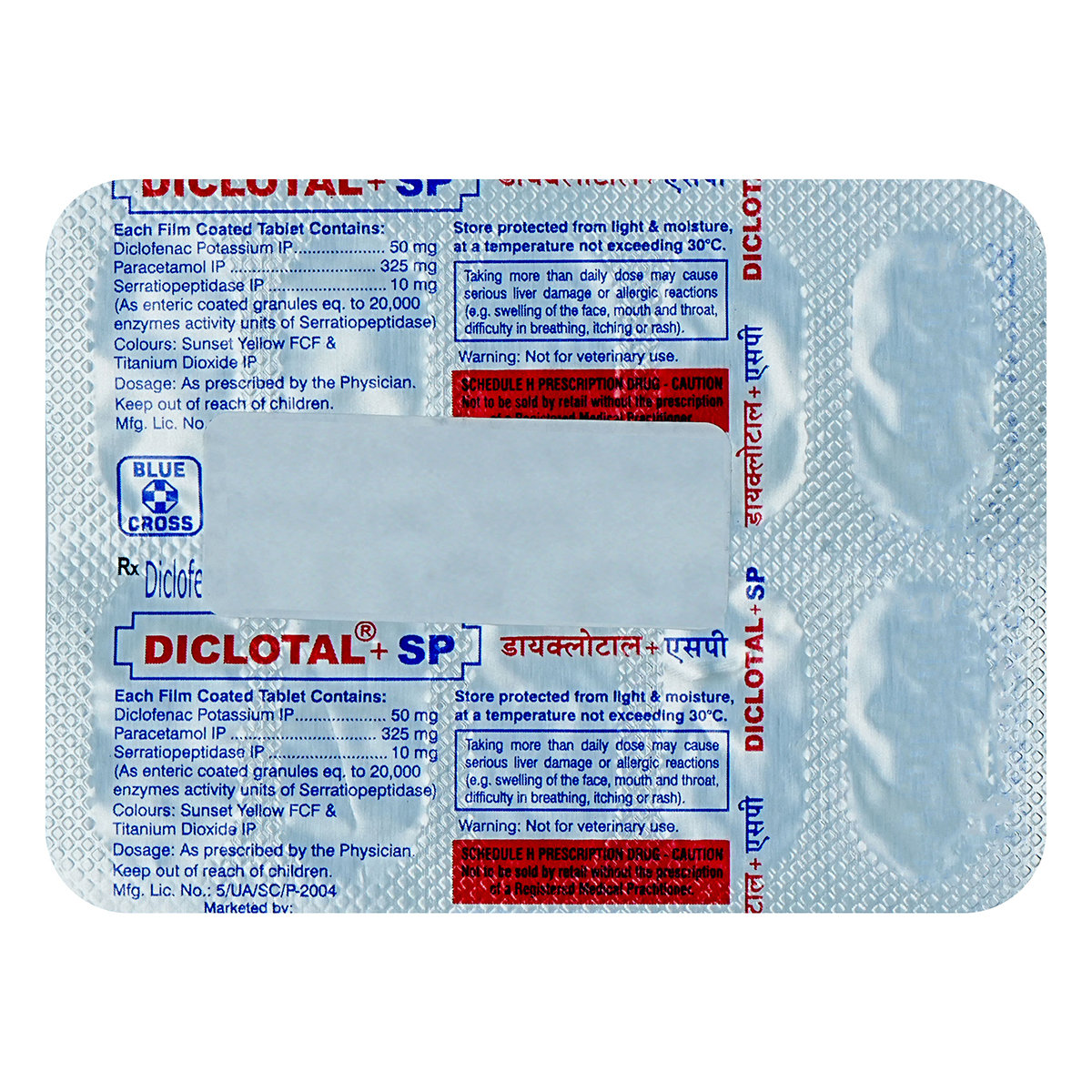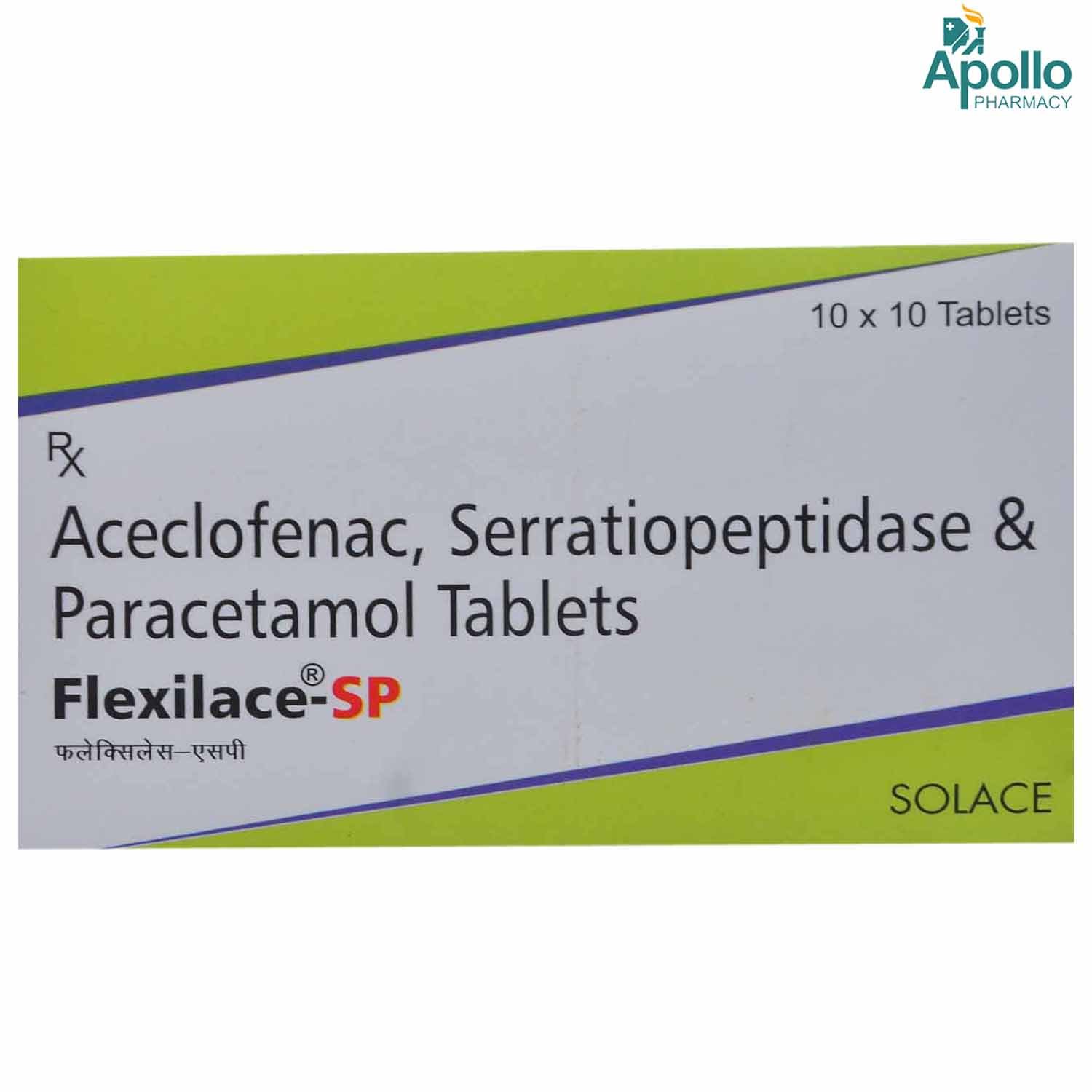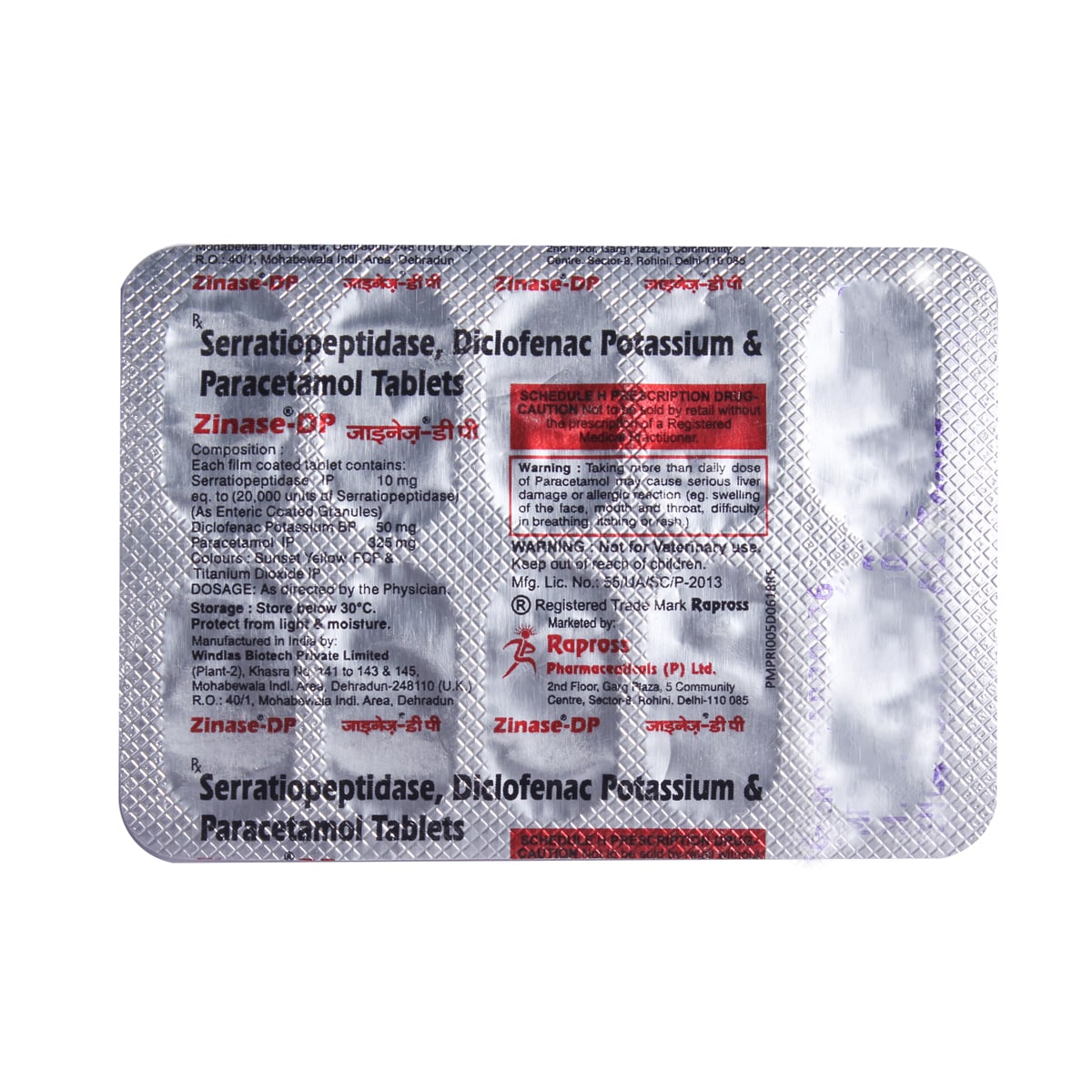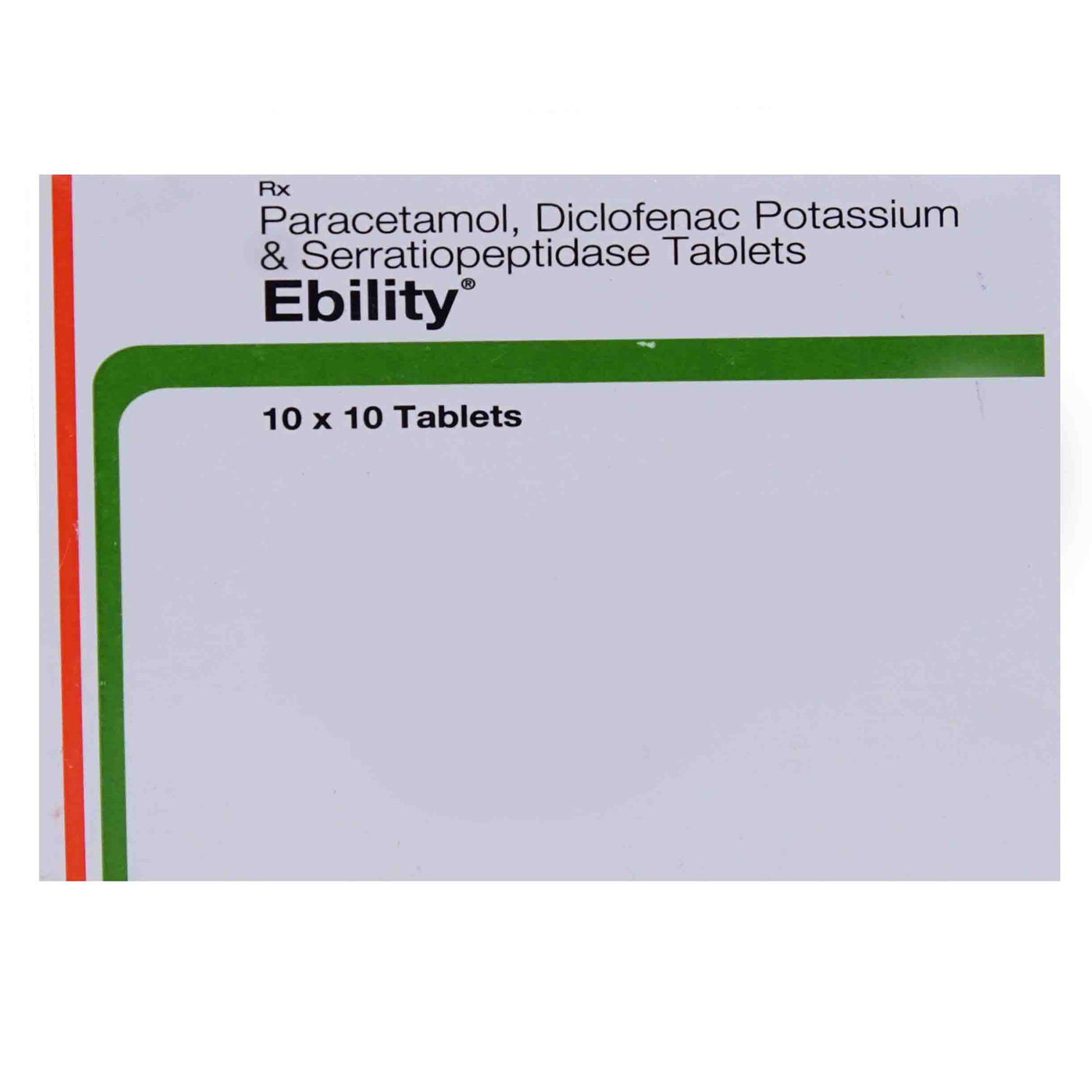Esgipyrin SP Tablet
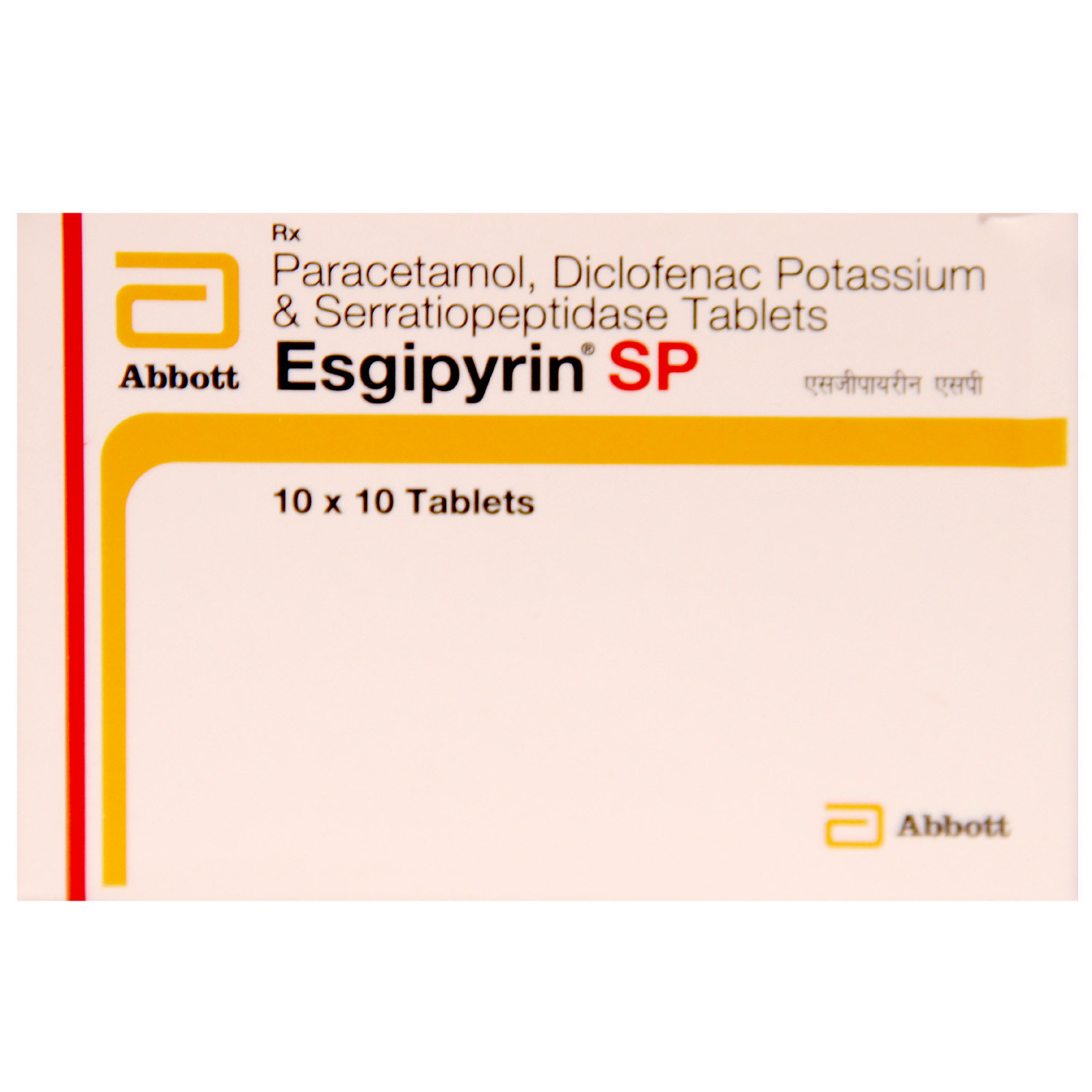
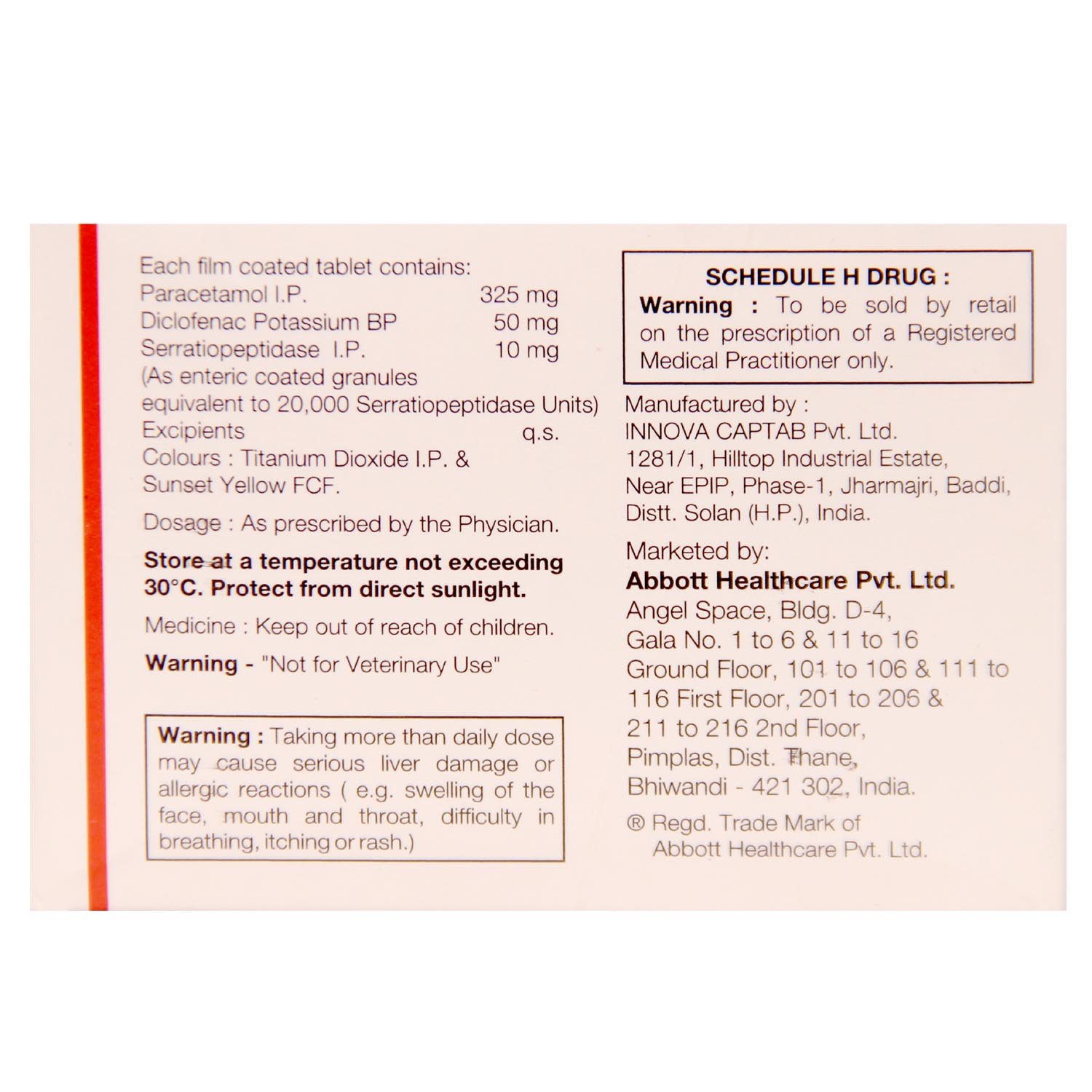
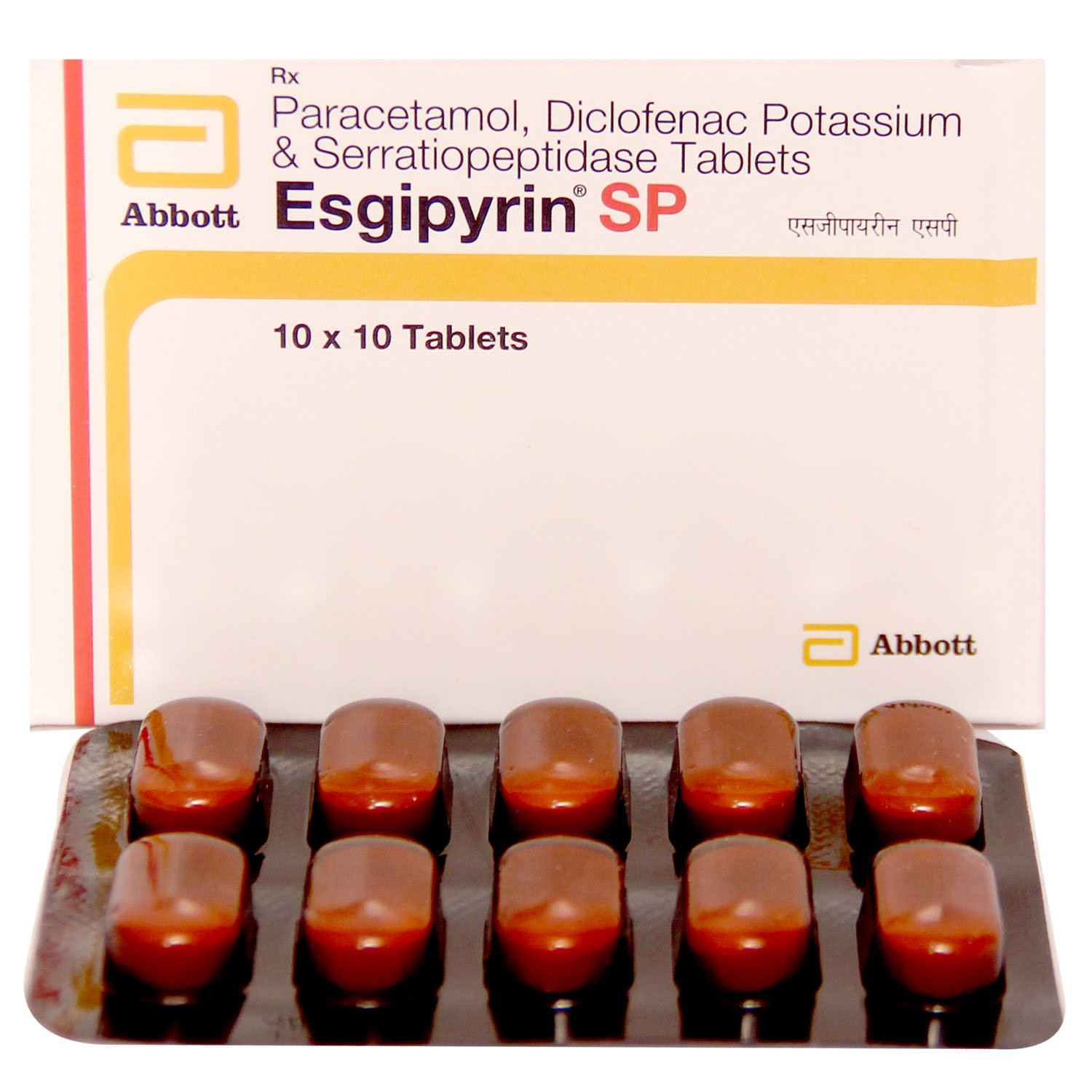
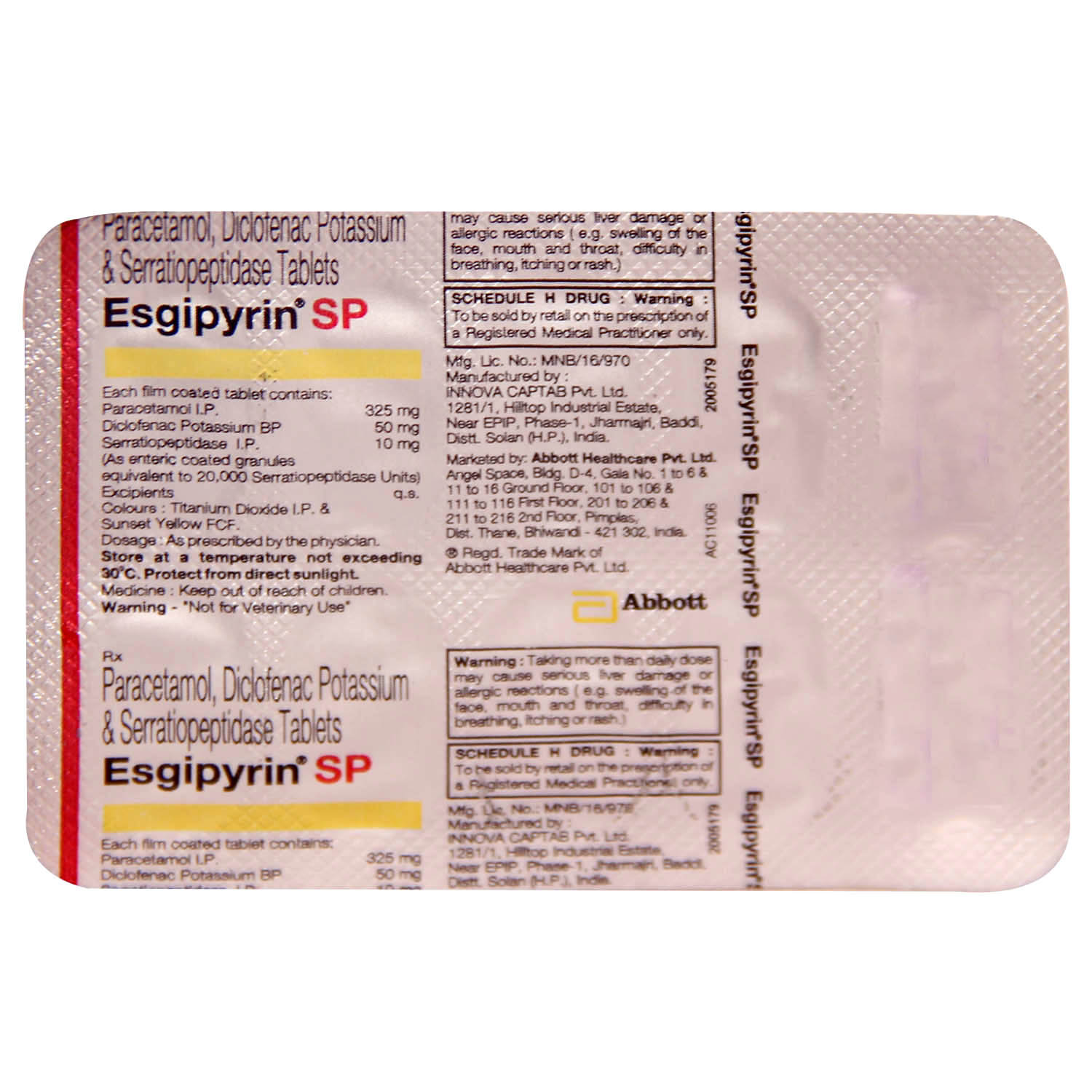

MRP ₹177.5
(Inclusive of all Taxes)
₹21.3 Cashback (12%)
know your delivery time
Provide Delivery Location
Manufacturer/Marketer :
Consume Type :
Expires on or after :
Return Policy :

Secure Payment

Trusted by 8 Crore Indians

Genuine Products
Therapeutic Class
Country of origin
Manufacturer/Marketer address
Author Details
We provide you with authentic, trustworthy and relevant information
Disclaimer
Alcohol
Safe if prescribed
Avoid consumption of alcohol while taking Esgipyrin SP Tablet as it may cause increased drowsiness.
Pregnancy
Consult your doctor
Please consult your doctor if you are pregnant; your doctor will prescribe Esgipyrin SP Tablet only if the benefits outweigh the risks.
Breast Feeding
Consult your doctor
Consult your doctor if you are breastfeeding; your doctor will decide whether Esgipyrin SP Tablet can be taken by breastfeeding mothers or not.
Driving
Safe if prescribed
Esgipyrin SP Tablet may cause dizziness and drowsiness. Do not drive or operate machinery unless you are alert.
Liver
Consult your doctor
Dose adjustment may be needed in patients with liver impairment. Please consult your doctor if you have a liver impairment or any concerns regarding this.
Kidney
Consult your doctor
Dose adjustment may be needed in patients with kidney impairment. Please consult your doctor if you have kidney impairment or any concerns regarding this.
Children
Safe if prescribed
Esgipyrin SP Tablet should not be given to children less than 10 years of age, as the safety and effectiveness have not been established.
Product Substitutes
Reference
About Esgipyrin SP Tablet
Esgipyrin SP Tablet belongs to the class of combination medication called NSAIDs (non-steroidal anti-inflammatory drugs) used to relieve pain and inflammation in conditions like osteoarthritis, rheumatoid arthritis, ankylosing spondylitis. Besides this, it also helps treat muscle pain, tooth pain during dental surgery, menstrual period pain/cramps, ear pain and migraine headaches. Pain is a symptom triggered by the nervous system, causing uncomfortable sensations in the body. Arthritis is the tenderness and swelling in the joints which causes pain and joint stiffness.
Esgipyrin SP Tablet is a combination of three drugs, namely: Diclofenac, Paracetamol and Serratiopeptidase. Diclofenac and Paracetamol work by blocking the effect of a chemical messenger, known as cyclo-oxygenase (COX) enzymes that make other chemical prostaglandins. These prostaglandins are produced at injury sites and cause pain, swelling and fever. By blocking COX enzyme's effect, lesser prostaglandins are produced, which reduces mild to moderate pain, inflammation and fever. Serratiopeptidase acts as a mucolytic (dissolves thick protein at the injured/affected site) and anti-inflammatory agent thereby decreasing swelling at the painful site.
You are advised to take Esgipyrin SP Tablet for as long as your doctor has prescribed it for you. In some cases, Esgipyrin SP Tablet may cause certain common side-effects such as nausea, vomiting, stomach pain, headache, indigestion and diarrhoea. Most of these side-effects do not require medical attention and will resolve gradually over time. However, you are advised to talk to your doctor if you experience these side-effects persistently.
Consult your doctor if you are pregnant or breastfeeding. Esgipyrin SP Tablet may cause drowsiness and dizziness, so drive with caution. Esgipyrin SP Tablet should not be given to children as safety and efficacy have not been established. Avoid consuming alcohol with Esgipyrin SP Tablet as it could lead to increased drowsiness and dizziness; it might also increase the risk of stomach bleeding. Keep your doctor informed about your health condition and medicines to rule out any side-effects/interactions.
Uses of Esgipyrin SP Tablet
Medicinal Benefits Mweb
Key Benefits
Esgipyrin SP Tablet is a combination of three drugs, namely: Diclofenac (pain killer), Paracetamol (fever reducer) and Serratiopeptidase (protein enzyme). Esgipyrin SP Tablet is used to relieve pain and inflammation associated with osteoarthritis, rheumatoid arthritis, ankylosing spondylitis, muscle pain, tooth pain, bone and joint pain, headache, swelling, period pain, ear pain, migraine, fever, sore throat, nose pain, etc. Esgipyrin SP Tablet increases the pain threshold and blood flow across the skin. Diclofenac and Paracetamol work by blocking the effect of chemical messengers that cause pain and inflammation. Serratiopeptidase breaks down the abnormal proteins at the site of inflammation, thereby reduces inflammation.
Directions for Use
Side Effects of Esgipyrin SP Tablet
- Nausea
- Vomiting
- Stomach pain
- Diarrhoea
- Indigestion
- Headache
Drug Warnings
Do not take Esgipyrin SP Tablet if you are allergic to paracetamol, diclofenac or serratiopeptidase, have/had severe heart problems, stomach ulcer or perforation, bleeding problems such as bleeding from the stomach, intestine or brain, have undergone any heart bypass surgery, have had a heart attack, blood circulation problems or inflammation of intestines. Consult your doctor if you are pregnant, planning for pregnancy or breastfeeding. Esgipyrin SP Tablet may cause drowsiness and dizziness, so drive only if you are alert. Esgipyrin SP Tablet is not recommended for children less than 10 years of age as safety and effectiveness have not been established. Avoid consuming alcohol with Esgipyrin SP Tablet as it could lead to increased drowsiness and increased risk of stomach bleeding. Stop taking Esgipyrin SP Tablet and consult your doctor immediately if you have stomach pain or any signs of bleeding in the intestine or stomach, such as blood in stools. Do not take any other NSAIDs for pain relief along with Esgipyrin SP Tablet unless prescribed.
Drug-Drug Interactions
Drug-Drug Interactions
Login/Sign Up
Co-administration of Esgipyrin SP Tablet with Meloxicam can increase the risk or severity of gastrointestinal side effects.
How to manage the interaction:
Taking Meloxicam with Esgipyrin SP Tablet is not recommended as it can possibly result in an interaction, it can be taken if your doctor has advised it. However, consult your doctor immediately if you experience symptoms such as dizziness, lightheadedness, red or black, tarry stools, coughing up or vomiting fresh or dried blood that looks like coffee grounds, severe headache, and weakness. Do not stop any medication without doctor's advise.
Co-administration of Esgipyrin SP Tablet may decrease the excretion rate of Oxazepam which could result in a higher serum level.
How to manage the interaction:
Although there is a possible interaction between Oxazepam and Esgipyrin SP Tablet, you can take these medicines together if prescribed by a doctor. Do not stop using any medications without a doctor's advice.
Co-administration of ketamine and Esgipyrin SP Tablet may decrease the effectiveness of Ketamine which could result in a higher blood level.
How to manage the interaction:
Although taking Ketamine and Esgipyrin SP Tablet together can evidently cause an interaction, it can be taken if a doctor has suggested it. If you're feeling very sleepy or having trouble breathing, it's important to contact your doctor right away. Do not stop using any medications without a doctor's advice.
Co-administration of Teriflunomide with Esgipyrin SP Tablet may increase the risk or severity of Liver problems.
How to manage the interaction:
Taking Esgipyrin SP Tablet with Teriflunomide together can possibly result in an interaction, but it can be taken if a doctor has advised it. Do not discontinue any medications without consulting a doctor.
Co-administration of Esgipyrin SP Tablet and Ketoconazole may increase the risk of liver injury.
How to manage the interaction:
Although there is a possible interaction between Esgipyrin SP Tablet and Ketoconazole, you can take these medicines together if prescribed by a doctor. However, if you have joint pain or swelling, fever, chills, unusual bleeding or bruising, skin rash, itching, over-tiredness, nausea, vomiting, loss of appetite, stomach pain, dark-colored urine, light-colored stools, and/or yellowing of the skin or eyes, contact a doctor immediately as these may be signs and symptoms of liver damage. Do not discontinue the medication without consulting a doctor.
Co-administration of Esgipyrin SP Tablet and Leflunomide may increase the risk of liver problems.
How to manage the interaction:
Although there is a possible interaction between Esgipyrin SP Tablet and Leflunomide, they can be taken together if prescribed by a doctor. However, if you experience fever, chills, joint pain or swelling, unusual bleeding or bruising, skin rash, itching, less desire to eat, fatigue, nausea, vomiting, abdominal pain, or yellowing of the skin or eyes, contact a doctor immediately. Do not discontinue any medications without consulting a doctor.
Co-administration of Esgipyrin SP Tablet and Valdecoxib may increase the risk or severity of adverse effects.
How to manage the interaction:
Although there is a possible interaction between Esgipyrin SP Tablet and Valdecoxib, you can take these medicines together if prescribed by a doctor. However, if the side effects worsen, please consult a doctor.
Co-administration of Lomitapide and Esgipyrin SP Tablet may increase the risk of severity of liver injury.
How to manage the interaction:
Although there is a possible interaction between Esgipyrin SP Tablet and Lomitapide, you can take these medicines together if prescribed by a doctor. Do not stop using any medications without a doctor's advice.
Co-administration of Mipomersen with Esgipyrin SP Tablet may increase the risk or severity of liver injury.
How to manage the interaction:
There may be a possibility of interaction between Esgipyrin SP Tablet and Mipomersen, but it can be taken if prescribed by a doctor. Do not stop using any medications without talking to a doctor.
Taking Esgipyrin SP Tablet with Enoxaparin can increase the risk of bleeding complications.
How to manage the interaction:
There may be a possible interaction between Esgipyrin SP Tablet and Enoxaparin, but they can be taken together if your doctor has prescribed them. However, consult your doctor immediately if you experience any unusual bleeding or bruising, swelling, vomiting, blood in your urine or stools, headache, dizziness, or weakness. Do not discontinue any medications without consulting a doctor.
Drug-Food Interactions
Drug-Food Interactions
Login/Sign Up
Drug-Diseases Interactions
Drug-Diseases Interactions
Login/Sign Up
Drug-Drug Interactions Checker List
- ASPIRIN
- IBUPROFEN
- CYCLOSPORINE
- TACROLIMUS
- LITHIUM
- DIGOXIN
- WARFARIN
- METHOTREXATE
- MAGNESIUM HYDROXIDE
- KETOCONAZOLE
- MICONAZOLE
- VORICONAZOLE
- FLUCONAZOLE
- AMIDODARONE
- SULFINPYRAZONE
- METOCLOPRAMIDE
- DOMPERIDONE
- CHOLESTYRAMINE
- IMATINIB
- CHLORAMPHENICOL
- MIFEPRESTONE
Habit Forming
Diet & Lifestyle Advise
- Exercising regularly helps in muscle stretching so that they are less likely to spasm, tear and sprain. Mild exercises such as jogging and walking are helpful for muscle stretching.
- Massages can also be helpful.
- Avoid freezing and hot temperatures.
- Avoid wearing tight-fitting clothes; instead, wear loose garments.
- Rest well, and get plenty of sleep.
- To avoid developing pressure sores, change your position every two hours.
- Hot or cold therapy can help treat muscle spasms. Apply an ice-pack or hot-pack on the muscle for 15-20 minutes.
- Stay hydrated, drink plenty of water.
All Substitutes & Brand Comparisons
RX
Diclotal Plus SP Tablet 10's
Blue Cross Laboratories Pvt Ltd
₹50.5
(₹4.55 per unit)
70% CHEAPERRX
Dan-SP Tablet 10's
Unison Pharmaceuticals Pvt Ltd
₹58.5
(₹5.27 per unit)
66% CHEAPERRX
Out of StockCubflex SP 50mg/325mg/10mg Tablet
₹61
(₹5.49 per unit)
64% CHEAPER

Have a query?
Buy best C.n.s Drugs products by
Intas Pharmaceuticals Ltd
Sun Pharmaceutical Industries Ltd
Torrent Pharmaceuticals Ltd
Alkem Laboratories Ltd
Abbott India Ltd
Cipla Ltd
Alteus Biogenics Pvt Ltd
Micro Labs Ltd
Lupin Ltd
Ipca Laboratories Ltd
D D Pharmaceuticals Pvt Ltd
Icon Life Sciences
Mankind Pharma Pvt Ltd
Tripada Healthcare Pvt Ltd
Arinna Lifesciences Ltd
Linux Laboratories Pvt Ltd
East West Pharma India Pvt Ltd
La Renon Healthcare Pvt Ltd
Talent India Pvt Ltd
Tas Med India Pvt Ltd
Zydus Healthcare Ltd
Cnx Health Care Pvt Ltd
Eris Life Sciences Ltd
Leeford Healthcare Ltd
Emcure Pharmaceuticals Ltd
Macleods Pharmaceuticals Ltd
Sigmund Promedica
Aristo Pharmaceuticals Pvt Ltd
Dr Reddy's Laboratories Ltd
Troikaa Pharmaceuticals Ltd
Consern Pharma Ltd
Zydus Cadila
Shine Pharmaceuticals Ltd
Wockhardt Ltd
Ardent Life Sciences Pvt Ltd
Crescent Formulations Pvt Ltd
Theo Pharma Pvt Ltd
Reliance Formulation Pvt Ltd
Ikon Pharmaceuticals Pvt Ltd
Propel Healthcare
Neon Laboratories Ltd
Jagsam Pharma
Msn Laboratories Pvt Ltd
Morepen Laboratories Ltd
Pulse Pharmaceuticals
Sanofi India Ltd
Med Manor Organics Pvt Ltd
Hetero Healthcare Pvt Ltd
Novartis India Ltd
Crescent Therapeutics Ltd
Elder Pharmaceuticals Ltd
Solvate Laboratories Pvt Ltd
Akumentis Healthcare Ltd
Mova Pharmaceutical Pvt Ltd
Psyco Remedies Ltd
Tripada Lifecare Pvt Ltd
Ajanta Pharma Ltd
Cyrus Remedies Pvt Ltd
Medishri Healthcare Pvt Ltd
Cadila Healthcare Ltd
Glenmark Pharmaceuticals Ltd
Matteo Health Care Pvt Ltd
Hbc Life Sciences Pvt Ltd
Lyf Healthcare
Matias Healthcare Pvt Ltd
Mesmer Pharmaceuticals
Alembic Pharmaceuticals Ltd
Capital Pharma
Crescent Pharmaceuticals
Medopharm Pvt Ltd
Alniche Life Sciences Pvt Ltd
Kivi Labs Ltd
Talin Remedies Pvt Ltd
USV Pvt Ltd
Quince Lifesciences Pvt Ltd
Solis Pharmaceuticals
Infivis Life Care
Zuventus Healthcare Ltd
Cadila Pharmaceuticals Ltd
Pfizer Ltd
Wallace Pharmaceuticals Pvt Ltd
A N Pharmacia Laboratories Pvt Ltd
Blue Cross Laboratories Pvt Ltd
Jenburkt Pharmaceuticals Ltd
Lia Life Sciences Pvt Ltd
Mano Pharma
Medley Pharmaceuticals Ltd
Primus Remedies Pvt Ltd
FDC Ltd
Maneesh Pharmaceuticals Ltd
Apex Laboratories Pvt Ltd
Gagnant Healthcare Pvt Ltd
Ozone Pharmaceuticals Ltd
RPG Life Sciences Ltd
Strides Shasun Ltd
Unichem International
GlaxoSmithKline Pharmaceuticals Ltd
Kuresys Labs Pvt Ltd
LA Pharma
Trion Pharma India Llp

_0.jpg?tr=q-85)

